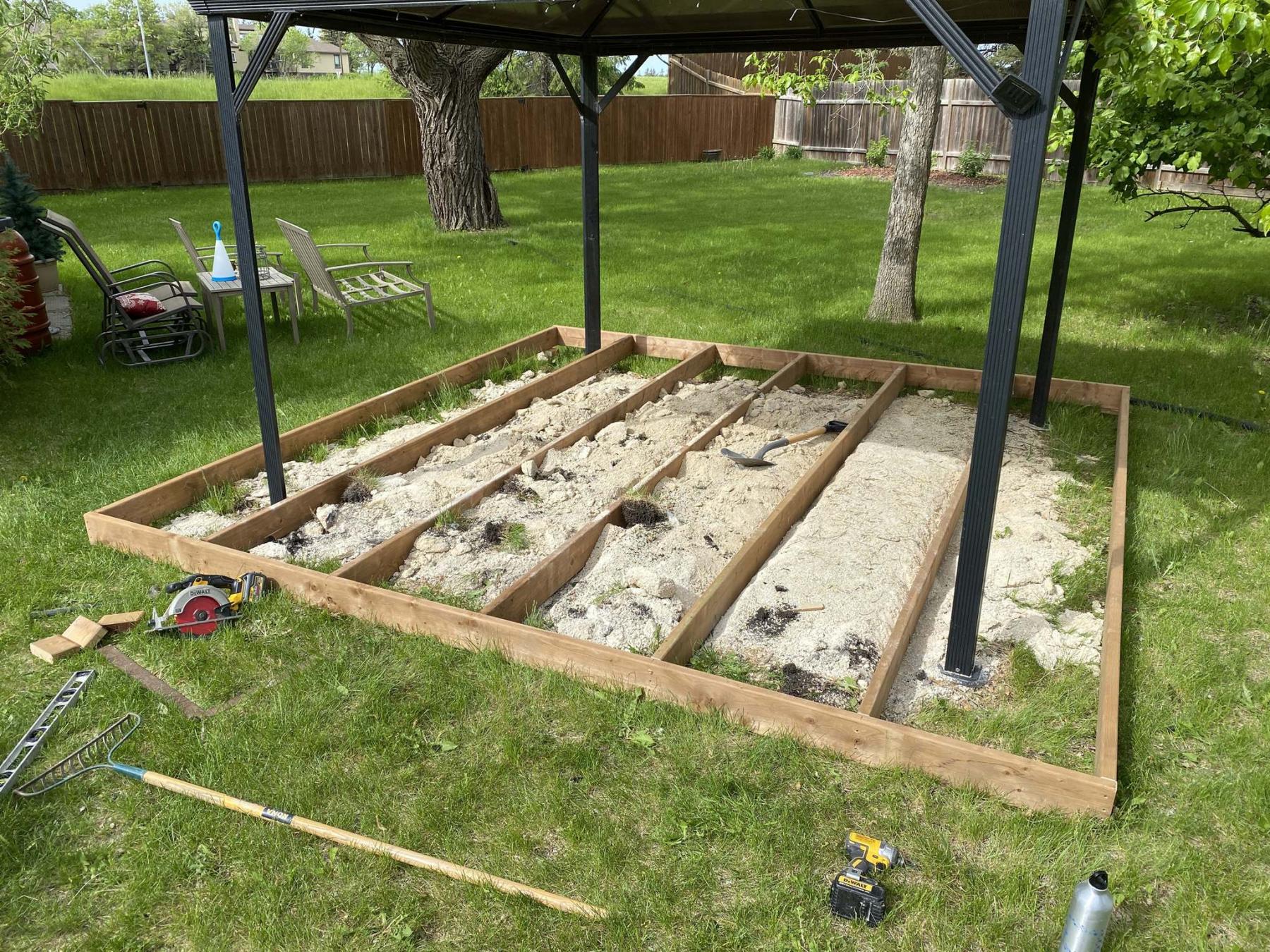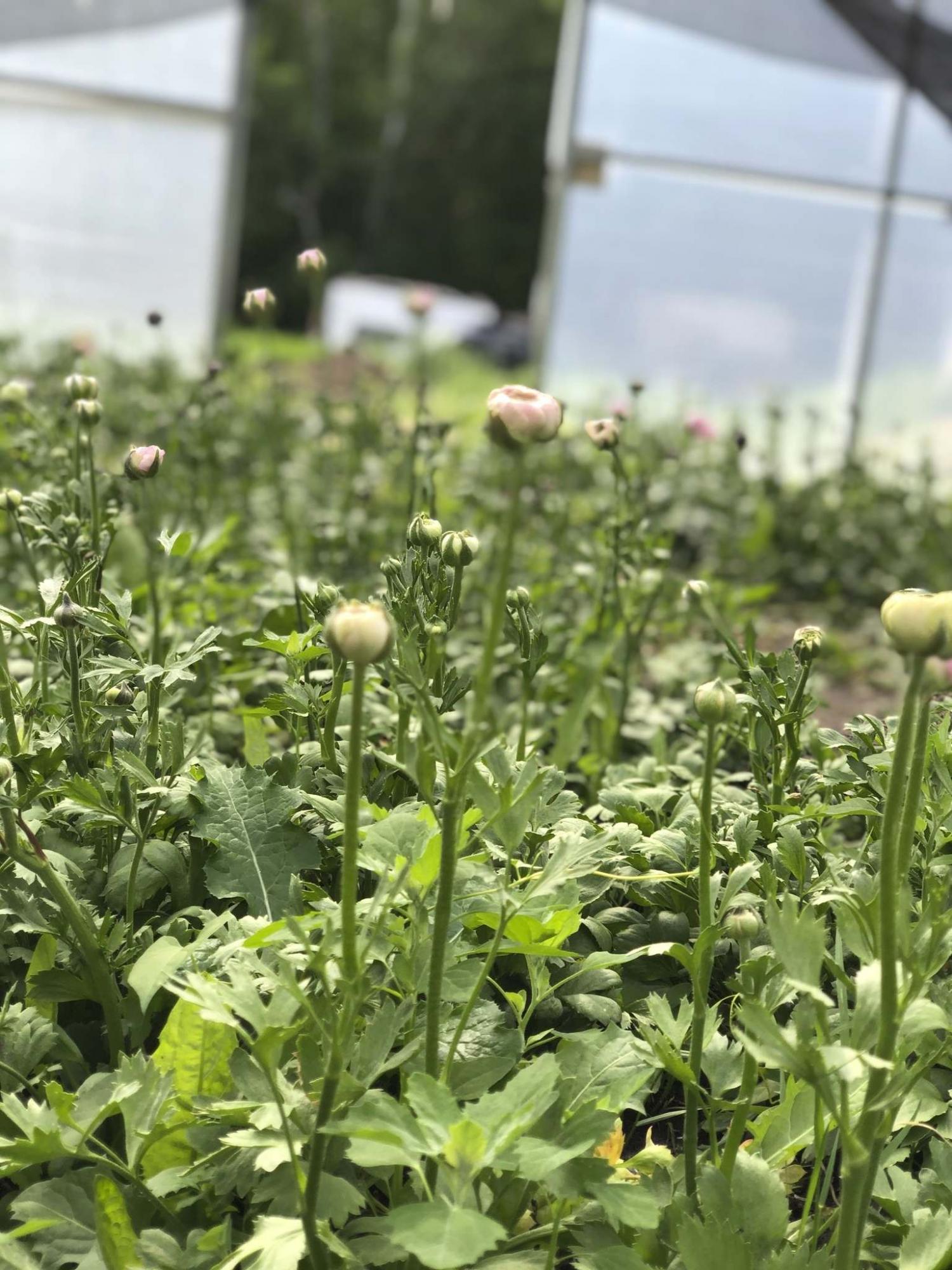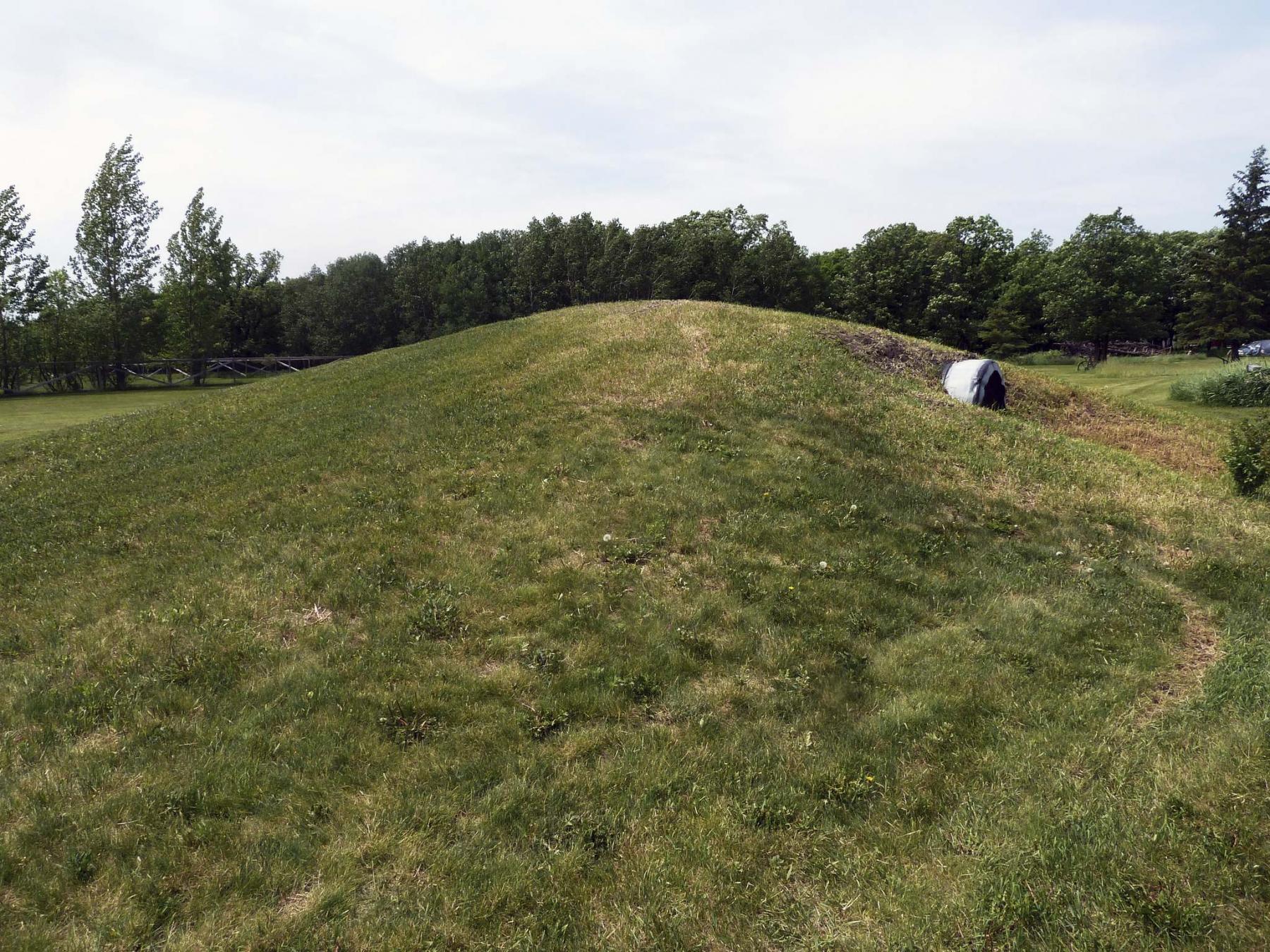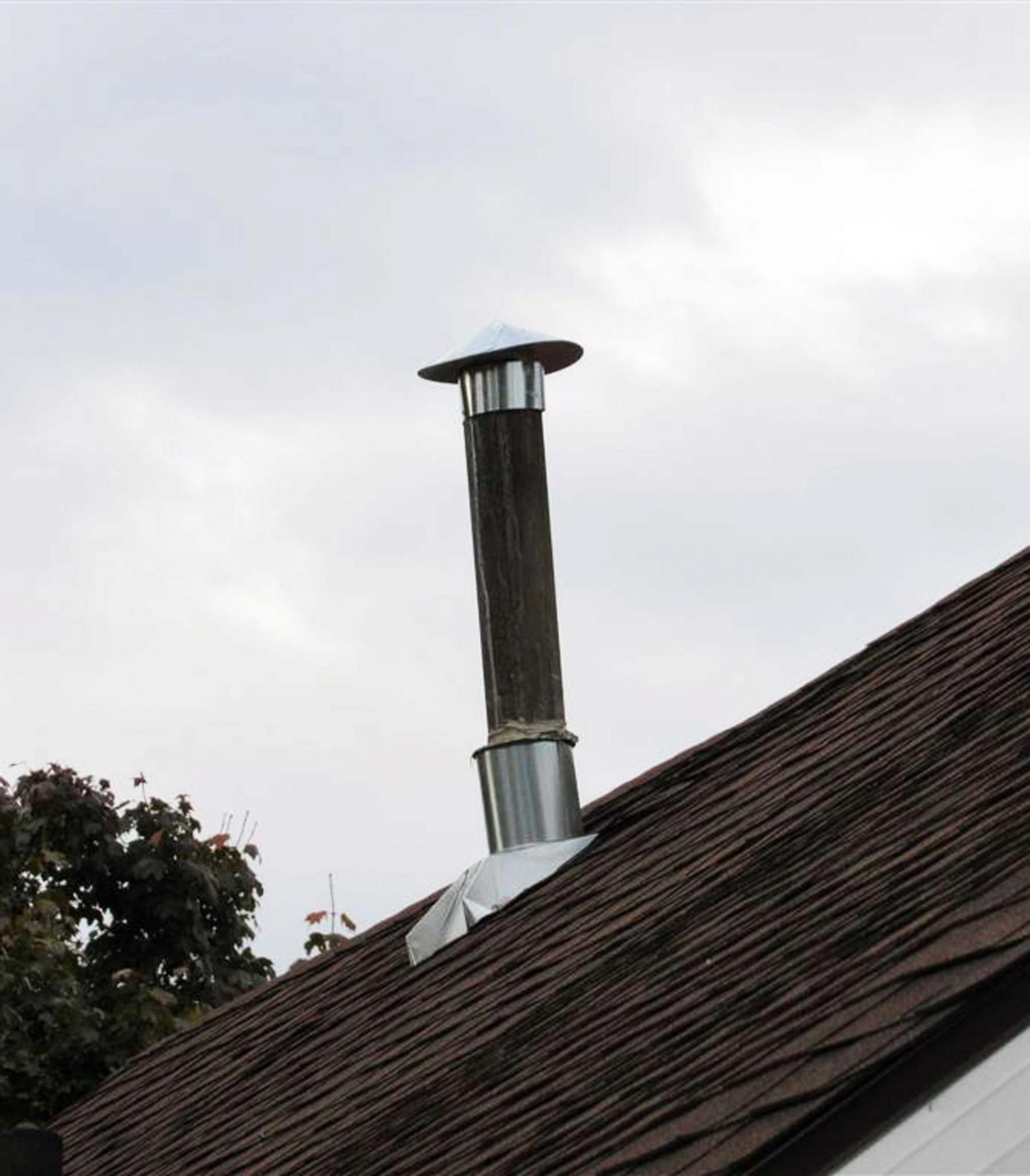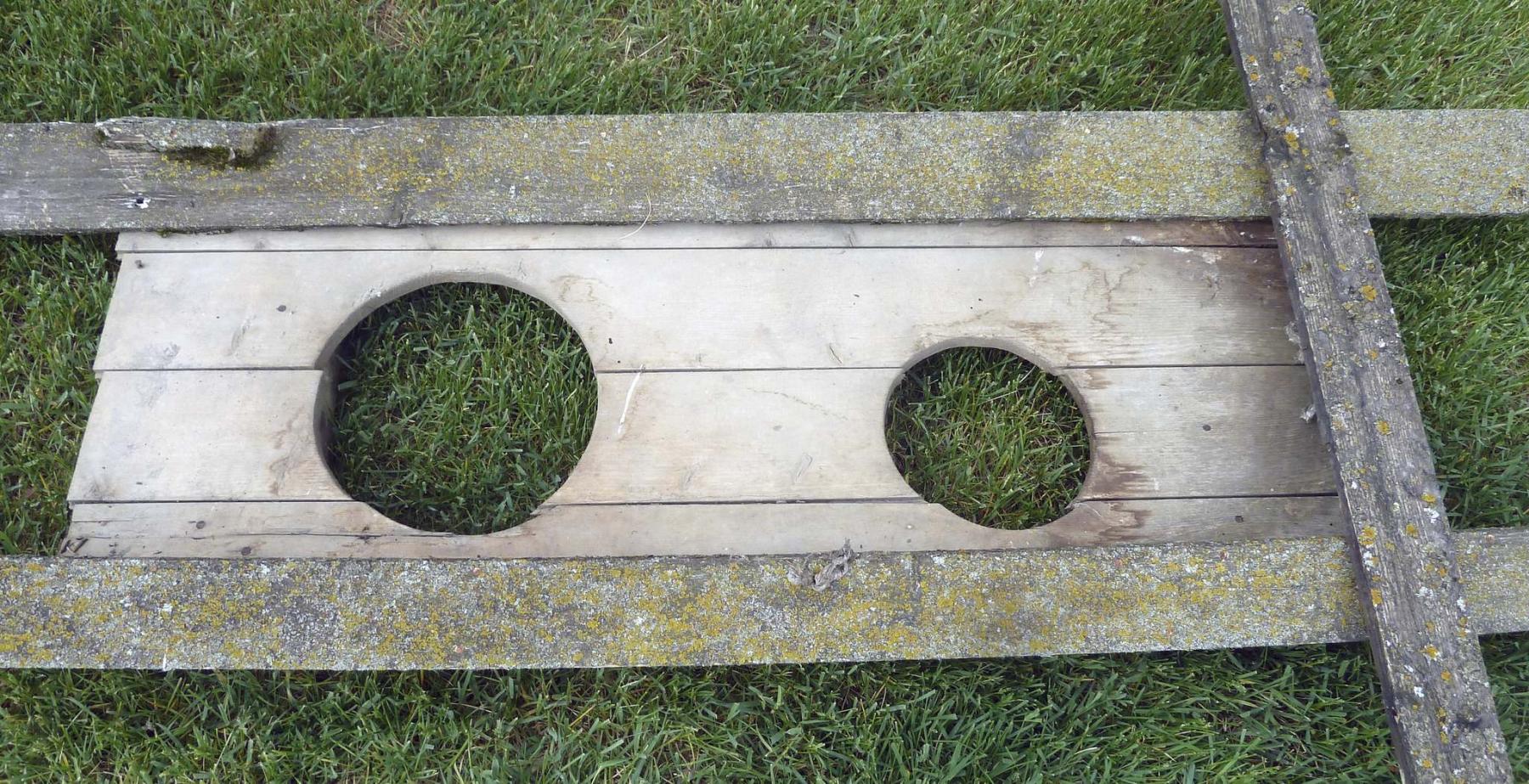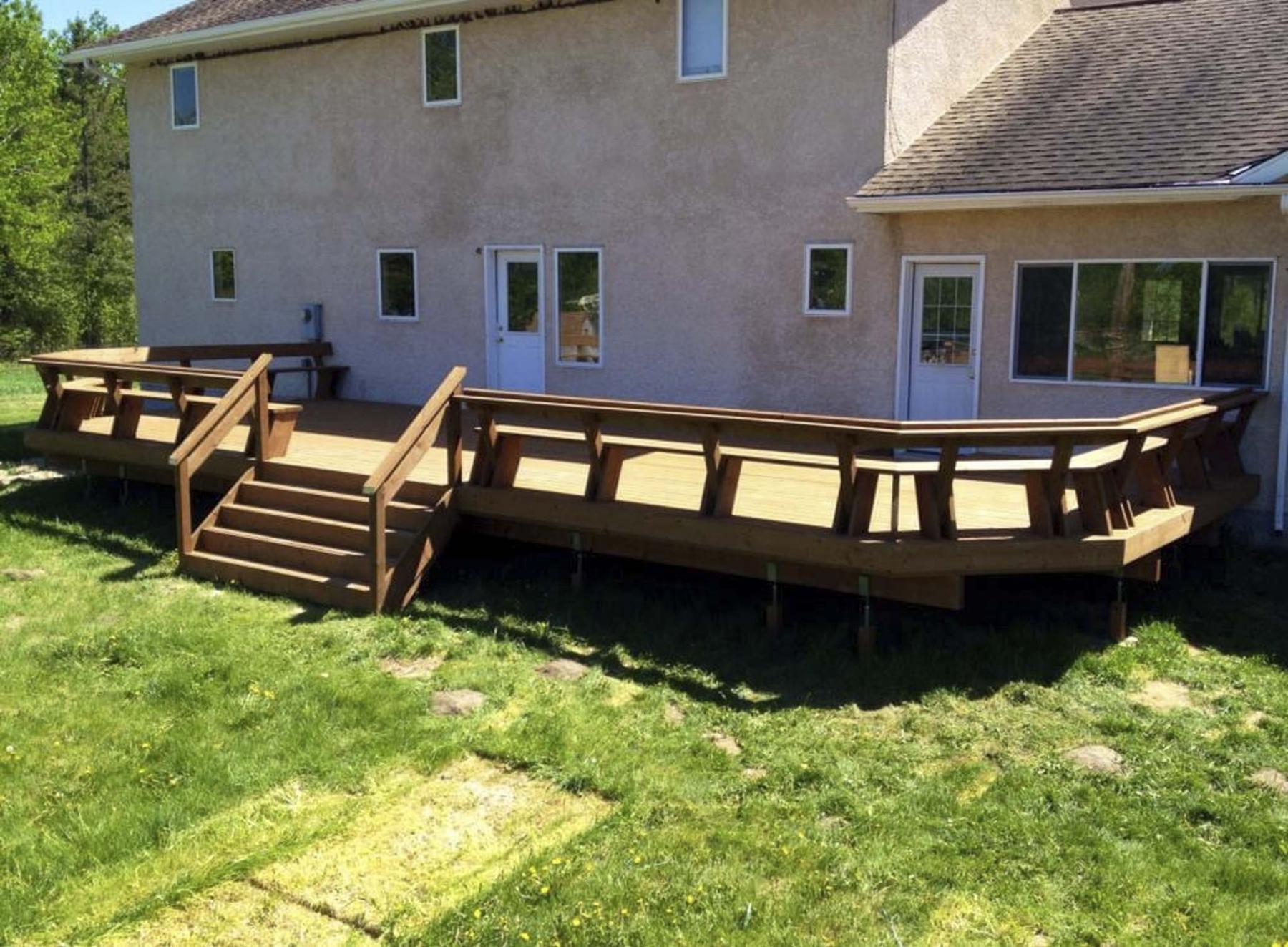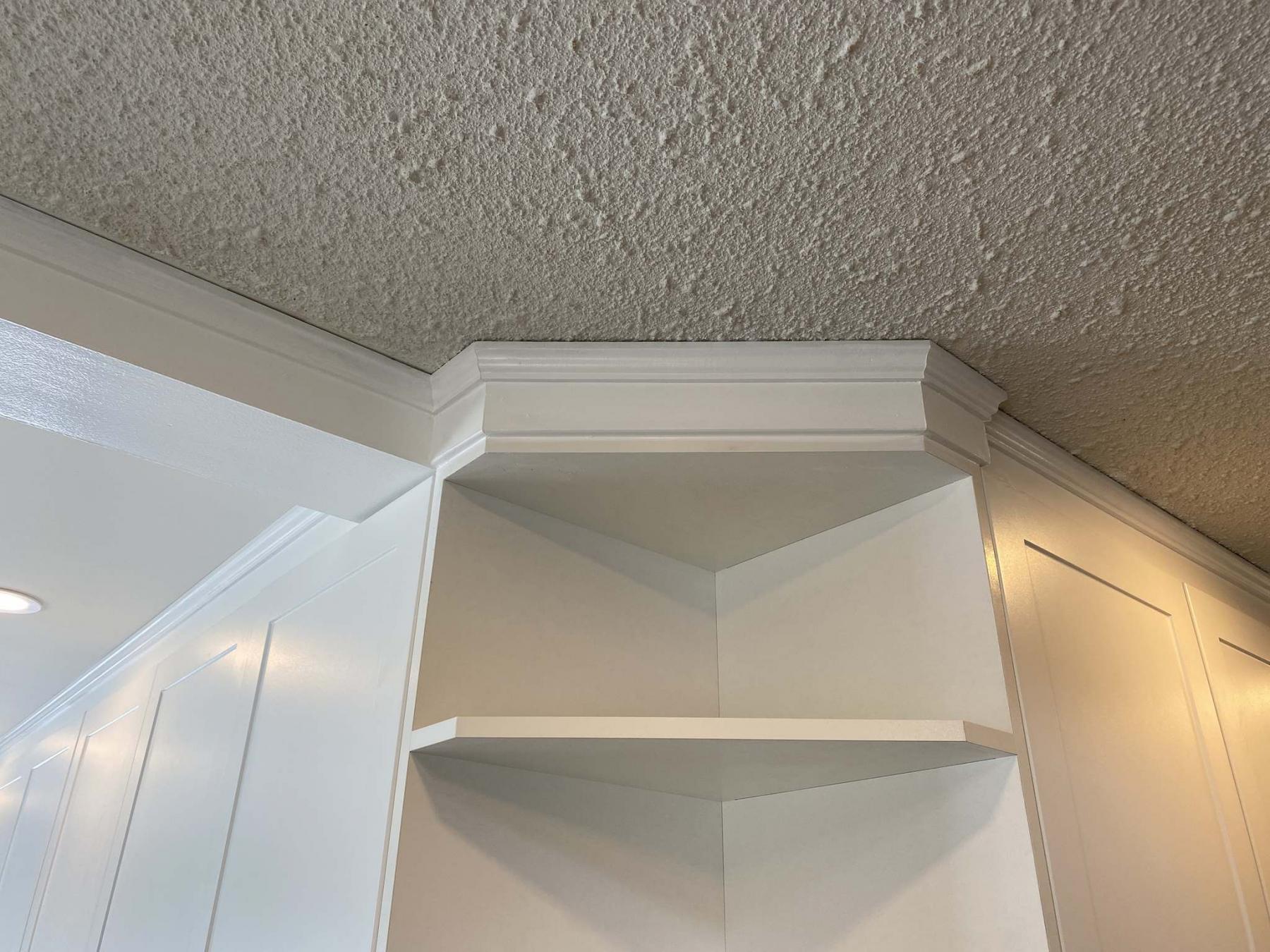Renovation & Design
Renovation & Design
Water seepage may require professional help
Question: Can you tell me why I have seepage in my basement walls at the base? I live in the West End in an older house. It happens only in the part of the basement that faces the back of the house.
There is no standing water, just seepage. We are having a garage built soon, so the grading that will be done might help.
What are the solutions to fix this problem and would it be a job a homeowner could do themselves? Thanks, Grace Livingston
Answer: Moisture in a basement is attributable to several factors, either due to poor water management outside the home or foundation related issues. The former are things that can be attended to by the homeowner, part of general maintenance, but the later is the job of an experienced foundation contractor.
Damp basements can take several different forms. Some have active water intrusion, normally during heavy rains or spring snow melts. Others, like yours, may have a musty smell and wet foundation walls with visible efflorescence or mould on the surface.
The first places I’d look are outside the home. The eavestrough system that takes rainwater of the roof must be in good condition and the downspouts extended well away from the foundation. If the troughs are loose, rusted, or have any visible leaks, they must be immediately repaired or if badly deteriorated, replaced. If they are loose and pulling away from the fascia, water can run behind and drain directly on to the soil outside the foundation walls. With heavy rainfall, or melting snow, this moisture can cause erosion of the soil or moisture buildup directly against the foundation.
If the troughs are in good condition and draining properly, ensure that you have downspout extensions of sufficient length to channel rainwater well away from the home. If the extensions are not adequate, the troughs leaking, or grading sloping improperly toward the house, moisture intrusion is much more likely. So, the next area to address is the grading around the house. This is the technical term for the slope of the soil adjacent to the foundation and in the rest of the yard surrounding your home. Ideally, there should be a soil slope of approximately 10 to 15 degrees, or more, for the first metre or two away from the foundation.
The third item to address is large trees near the house, or excessive vegetation up against the foundation and walls. The next possible cause of your dampness issues may be due to the age of your foundation and normal deterioration. In older homes like yours the weeping tiles that are installed underground, near the bottom of the foundation walls, stop working. These short clay or concrete tubes are designed to collect excess moisture from the soil and channel it under your foundation into the floor drain catch basin, and then harmlessly to the city sewer system. Over several decades, these fill up with soil, crack, crush, or shift, and become useless.
If the foundation develops small cracks, rusted form ties, or normal deterioration to the bitumen damp-proofing applied to the concrete during construction, the foundation can leak. In that situation, the only real solution is to excavate the soil outside the foundation, waterproof the concrete walls, install a new plastic weeping tile system, and replace the soil with better draining fill before regrading. That is not something most homeowners can safely or properly complete, so hiring an experienced foundation contractor will be warranted.
trainedeye@iname.com
Renovation & Design
Use steel wool to restore that worn-out wok
Question: I read that one could restore a wok, but I cannot find the information. Although I have never used any sharp utensils on the wok, the centre is black and the food sticks. Any suggestions? Many thanks, Aurise
Answer: It sounds like your wok needs re-seasoning and a really good cleaning. For a metal, non-coated wok, scrub with an S.O.S steel wool pad and dish soap. Always dry your wok thoroughly. Oil the wok with a soft cloth and a coating of cooking oil. Heat the wok to burn the oil off. This should work well whether the wok is an element or electric wok. Be cautious not to burn yourself. The results are amazing. Some people also use Bar Keepers Friend or oven cleaner — ventilate as much as possible. If using oven cleaner, wait for three hours before cleaning the wok with a scrubby pad and make sure to wear a mask and gloves. Rinse well with water. If using Bar Keepers Friend, leave it for 20 minutes before scrubbing the stains and grease. Season the wok with cooking oil.
Manitobans share great ideas!
Get better-smelling feet. Sprinkle baking soda directly into your boots, sneakers or shoes. As you know, baking soda absorbs odours, so why not? Or soak your feet in tea each day to cut down on odours. — Josh
If you eat food that is too spicy to handle, don’t reach for a glass of water, the best solution is to drink milk. — Suena
Test for rotten eggs. Put an egg in a cup of salted water. If it sinks, it is fresh, if it floats it’s bad. — Len
Newspapers lining the vegetable compartments of a refrigerator will absorb moisture and keep veggies crisp, longer. — Beatrice
Use a lightweight pot for boiling pasta, add salt and oil. Water will come to its initial boil faster and will return to boil faster, too, saving time and preventing the pasta from clumping at the bottom of the pot. — Beatrice
Save clean carrot scrapings, celery leaves, outer onion layers and vegetable peels. Freeze them in a sealable bag or plastic container. When you have a soup bone or chicken carcass, throw everything in a pot to make lovely homemade soup stock. — Beatrice
To unstick a jar, a rubber glove or bottle gripper will give you the power you need to open the stickier ones. However, these are not always available, so carefully wind a rubber band snugly around the lid and twist. — Herman
When pills develop on clothing, use a rough piece of steel wool, run it over the material and the pills disappear. — Sandy
Hang all of the framed pictures sitting in your basement. The cheapest and best material with which to hang pictures is copper wire, of a size proportioned to the weight of the pictures. The wire is hardly noticeable, yet strong and durable. — Carpenter Joe
Get rid of ants. Wash a large natural sponge, press it dry. Into the cells, sprinkle white sugar, and place it near where the ants are troublesome. The ants will soon collect upon the sponge and take up their abode in each cell. It is then necessary to dip the sponge in boiling water. The sponge may be set over and over again. — Rebecca
Make your own furniture polish. Mix two teaspoons of lemon oil and one cup of mineral oil in a spray bottle. — Cheryl
Clean all of the baseball caps in the house. Set them in the dishwasher on the top rack, along with the dishes. When finished, reshape the bill, and put over a pan to air dry. — Amy
Feedback!
Re: Car Freshener
Dear Reena, Your column mentioned using scents to mask the smell of smoke in a car. Changing the cabin air filter may be a permanent fix, instead of masking the smell. We bought a used car apparently owned by a heavy smoker. Changing these filters solved the problem for us permanently for the years that we owned the vehicle.
Note: Every user assumes all risks of injury or damage resulting from the implementation of any suggestions in this column. Test all products on an inconspicuous area first.
Have a great suggestion or tip? Please send an email to: info@reena.ca. Reena Nerbas is a popular motivational presenter for large and small groups; check out her website: reena.ca.
Renovation & Design
Loose pipe on sump pump likely cause of noise
Question: We live on the river and have a 2,000-square-foot home that is approximately 25 years old, with steel beam construction and wood floor joists. We also have an HRV system with our furnace, which is about five years old.
Our sump pump is located in the crawl space below our structural wood floor. It was making a loud banging noise after the water was pumped out. The sump is working fine, but this banging noise is a nuisance. I had inspected the sump and pit and everything looks fine.
While in the crawl space I had noticed a couple of things. The banging noise was perhaps the ABS pipe shaking and banging against the wood floor when turning off. I am going to try and stabilize the pipe from shaking with a couple more metal strappings to the wood floor joists. I will also try and replace the horizontal check valve in case it is faulty.
The second issue I had noticed when in the crawl space was that it seemed humid, even though there is a vapour barrier underneath the pea gravel. I am concerned that over the years the wood floor joists might start to deteriorate because of higher humidity in the crawl space. Is there a way to measure the humidity of the crawl space and what is an acceptable humidity level reading?
Thanks, Alf.
Answer: Problems with moisture and humidity are common in crawlspaces and are often related to poorly installed or functioning sump pumps. Fixing your noisy pump system is a good idea, but may not have much to do with your moisture issue. Improving grading and more crawl space ventilation may be a better idea to prevent high relative humidity in the space below your structural floor.
There are many homes now built in our area with large crawl spaces underneath a structural wood floor, replacing a typical concrete basement floor slab. The benefit of this type of construction is the ability to heat the crawl space, making the basement area of the home much warmer and more comfortable for living space. The potential downside to this style of home is the potential for moisture buildup, which may occur in any crawl space, especially well below grade, like in your home.
You are likely right in the ballpark with your assessment of the noisy sump pump issue. Often, check valves make a noise right after the sump pump stops, which can also cause significant vibration in the ABS discharge pipe. Sometimes this is the function of a defective or poorly installed valve, but more often it is due to a sudden change in water pressure within the piping. If the solid pipe is well secured this usually makes a small noise, which may not be noticeable in the house above.
As far as high humidity within the crawl space, checking it may be easily done by leaving a small electronic hygrometer in the area and checking it, regularly. Relative humidity at normal room temperature exceeding 40 per cent can cause moisture-related issues and damage. To reduce this, two main areas should be addressed. First, most of the moisture that often seeps into the crawl space comes from the area adjacent to the foundation, or the soil within the void. Since you should have a good 6MIL Polyethylene air/vapour barrier covering the dirt floor, the moisture may be coming in from soil around your home. Ensuring that the grading around the home is sloping away from the home and foundation, and that eavestrough runoff is directed well away from the building may help, considerably. Secondly, ensuring the crawl space has good air circulation and ventilation should help prevent too much moisture. That can be accomplished by ensuring adequate heat and return air ducting to the HVAC system, and proper connections to the HRV as well. Getting an experienced HVAC technician to assess and rectify any deficiencies in those two systems should minimize the moisture issue.
Stopping the noisy sump pump discharge issue may only require proper securing of the piping and check valve attached to the unit. Preventing excess humidity in the crawl space may be more complex and improvements to water management outside the home and better air and heat circulation inside the area should eliminate that concern.
Ari Marantz is the owner of Trained Eye Home Inspection Ltd. and the past president of the Canadian Association of Home & Property Inspectors — Manitoba (cahpi.mb.ca). Questions can be emailed to the address below. Ari can be reached at 204-291-5358 or check out his website at trainedeye.ca.
trainedeye@iname.com

